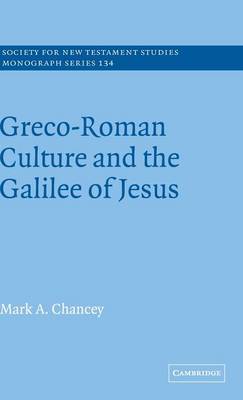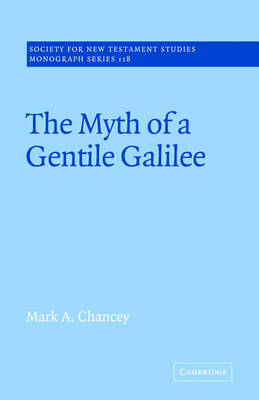Society for New Testament Studies Monograph
2 total works
Greco-Roman Culture and the Galilee of Jesus, a book-length investigation of this topic, challenges the conventional scholarly view that first-century Galilee was thoroughly Hellenised. Examining architecture, inscriptions, coins and art from Alexander the Great's conquest until the early fourth century CE, Chancey argues that the extent of Greco-Roman culture in the time of Jesus has often been greatly exaggerated. Antipas's reign in the early first century was indeed a time of transition, but the more dramatic shifts in Galilee's cultural climate happened in the second century, after the arrival of a large Roman garrison. Much of Galilee's Hellenisation should thus be understood within the context of its Romanisation. Any attempt to understand the Galilean setting of Jesus must recognise the significance of the region's historical development as well as how Galilee fits into the larger context of the Roman East.
The Myth of a Gentile Galilee is the most thorough synthesis to date of archaeological and literary evidence relating to the population of Galilee in the first-century CE. The book demonstrates that, contrary to the perceptions of many New Testament scholars, the overwhelming majority of first-century Galileans were Jews. Utilizing the gospels, the writings of Josephus, and published archaeological excavation reports, Mark A. Chancey traces the historical development of the region's population and examines in detail specific cities and villages, finding ample indications of Jewish inhabitants and virtually none for gentiles. He argues that any New Testament scholarship that attempts to contextualize the Historical Jesus or the Jesus movement in Galilee must acknowledge and pay due attention to the region's predominantly Jewish milieu. This accessible book will be of interest to New Testament scholars as well as scholars of Judaica, Syro-Palestinian archaeology, and the Roman Near East.

